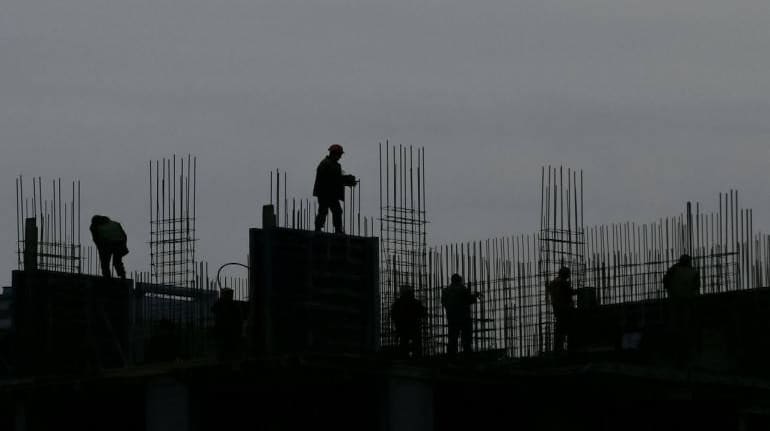



Infrastructure building has been one of the top agendas of the Narendra Modi government. And if Modi returns to power for a third term, as is widely expected, he should set sight on the next-generation infrastructure building, which will be costlier than ever.
Ideally, that should set the stage for private-public-partnership (PPP), which is a global choice for big-ticket infra-building. However, such options are limited to India in the absence of a long-term refinance ecosystem and regulatory framework. Together, they are crucial for finance risk mitigation.
No EcosystemThe problem was highlighted by Subhendu Moitra, founder-director of Coeus Advisors at a podcast with this author.
‘Concession’ indicates the period during which a build-own-transfer (BOT) project will remain under the control of the private investor, who in turn raises finance from the lending agencies.
Such uncertainties discourage financial institutions from taking long-term exposure to infrastructure. The problem is solved by refinancing options. Over the past three decades, nearly 200 lenders entered and/or exited the project.
India never had such an ecosystem. This is partly because India hadn't seen such policy emphasis on infra-building in the past. And, partly due to the "conservative" nature of the central bank.
The problem took a serious turn during the Manmohan Singh rule (2004-2014). The rush to build thermal power stations and award BOT projects in roads translated into piling up of NPAs in both state-owned and private banks.
During his tenure as RBI governor (2013-2016), noted economist Raghuram Rajan tried to solve the structural end of the problem by introducing refinance solutions both for new and existing infra projects.
In a knee-jerk reaction after the IL&FS debacle in 2018, RBI scrapped refinance schemes. The aim was to keep the banking sector safe from potent NPAs. Banks were robbed of safe lending opportunities in infrastructure.
Indian private banks have not returned to the infra space. Foreign banks were never there and they would not enter the scene till the ecosystem was in place. To let the juggernaut move, the Modi government resorted to a self-financing model.
This is a good model but not without limitations.
Secondly, InvITs manage the risk by investing in many smaller projects. For large projects, there is no alternative to BOT. And, for big-ticket projects, we need foreign lenders.
A road or rail contractor should approach only the contracting authority for dispute settlement. How fair is that? Should any private lender, Indian or foreign, agree to finance in this space?
Discover the latest Business News, Sensex, and Nifty updates. Obtain Personal Finance insights, tax queries, and expert opinions on Moneycontrol or download the Moneycontrol App to stay updated!
Find the best of Al News in one place, specially curated for you every weekend.
Stay on top of the latest tech trends and biggest startup news.